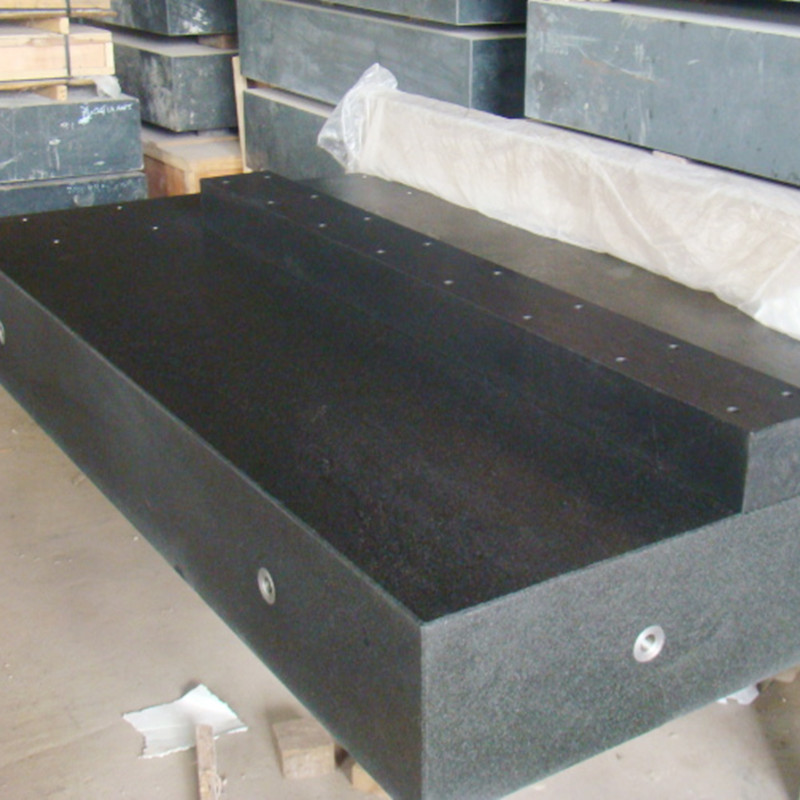Dec . 07, 2024 10:39 Back to list
metric ring gages
Understanding Metric Ring Gages A Comprehensive Guide
In the world of precision engineering and manufacturing, ensuring dimensional accuracy is paramount. Among the various tools used for this purpose, metric ring gages play a crucial role in the measurement and verification of cylindrical components. This article delves into the details of metric ring gages, their applications, types, and importance in maintaining quality control in various industries.
What Are Metric Ring Gages?
Metric ring gages are precision measuring tools designed to evaluate the size of external cylindrical objects. They are typically made from high-quality materials such as hardened steel, ensuring durability and resistance to wear over time. The primary function of a ring gage is to verify the diameter of a part. They come in two primary forms go and no-go gages.
- Go Gage This gage represents the maximum acceptable limit of a dimension. If the part can pass through this gage, it is deemed acceptable. - No-Go Gage This gage denotes the minimum acceptable limit. If the part can pass through this gage, it is considered unacceptable.
The use of both types ensures that parts meet specified tolerances and guarantees functionality in their intended applications.
Applications of Metric Ring Gages
Metric ring gages find their applications across various industries, including automotive, aerospace, and manufacturing. Here are some key areas where they are commonly used
1. Quality Control In manufacturing processes, maintaining stringent quality standards is critical. Ring gages are frequently employed in quality control inspections to ensure that parts conform to design specifications. 2. Production Monitoring Regular checks using metric ring gages during the production process can help identify deviations from the specified tolerances early on, preventing defective parts from reaching the market.
3. Calibration of Machines Ring gages are essential tools for calibrating machinery and ensuring that they operate within specified limits. This is particularly important in automated processes where precision is crucial.
4. Research and Development Engineers and designers use ring gages during the development of new products to verify and validate designs before full-scale production begins.
Types of Metric Ring Gages
metric ring gages

Metric ring gages can be classified based on their design, material, and method of measurement. Here are some common types
1. Plain Ring Gages These are the simplest form and used primarily for basic measurements of diameter and tolerances.
2. Thread Ring Gages Designed specifically for measuring threaded parts, these gages ensure that the threads conform to specified dimensions and pitches.
3. Adjustable Ring Gages These gages allow for adjustments, making them versatile for a range of measurements and applications.
4. Digital Ring Gages Incorporating electronic technology, these gages provide precise readings and can store data for later analysis, greatly enhancing the measurement process.
Importance of Metric Ring Gages in Quality Assurance
The importance of metric ring gages cannot be overstated in the context of quality assurance. They help ensure that every component meets the required specifications, thus avoiding costly recalls and maintaining the company's reputation. Furthermore, the consistent use of these gages can lead to
- Increased Efficiency By reducing the risk of errors and defective parts, production processes become more efficient, directly impacting the bottom line.
- Enhanced Reliability When components meet strict quality standards, the reliability of the final product is significantly enhanced, fostering customer trust.
- Cost Savings Early detection of errors in the manufacturing process can save companies from expensive rework and waste of materials.
Conclusion
In summary, metric ring gages are an essential tool in the realm of precision engineering. They provide a reliable means of ensuring that parts meet specified dimensions, thereby playing a crucial role in quality control across various industries. By understanding and utilizing these gages effectively, manufacturers can enhance their processes, improve product quality, and maintain competitiveness in an ever-evolving market.
-
thread-plug-gauge-our-promise-of-measurement-excellenceNewsAug.22,2025
-
gauge-pin-class-reflecting-quality-legacyNewsAug.22,2025
-
check-valve-types-for-high-rise-buildingsNewsAug.22,2025
-
water-control-valve-for-irrigation-systemsNewsAug.22,2025
-
gate-valve-with-soft-seal-technologyNewsAug.22,2025
-
y-type-strainer-for-oil-and-gas-applicationsNewsAug.22,2025
Related PRODUCTS









